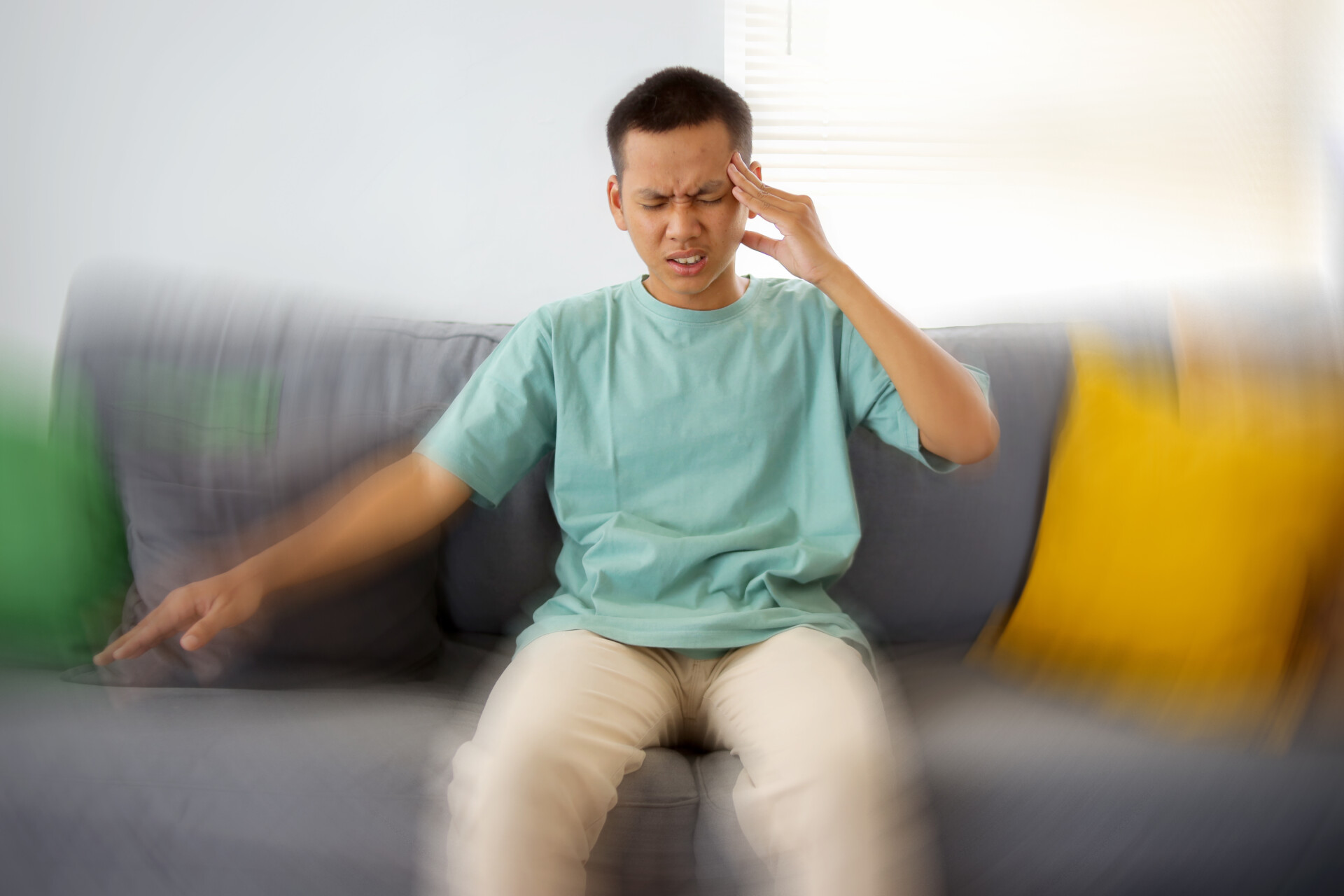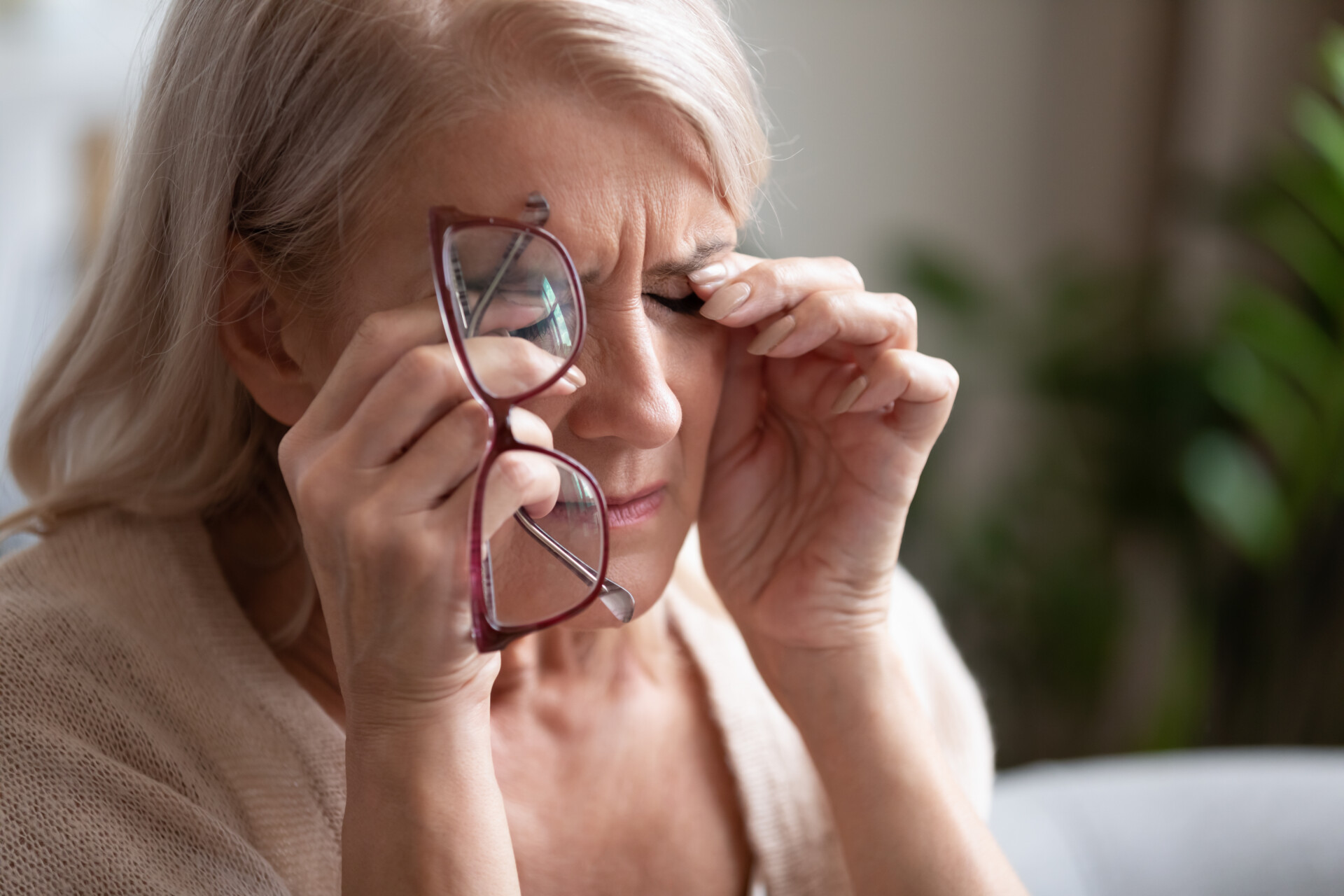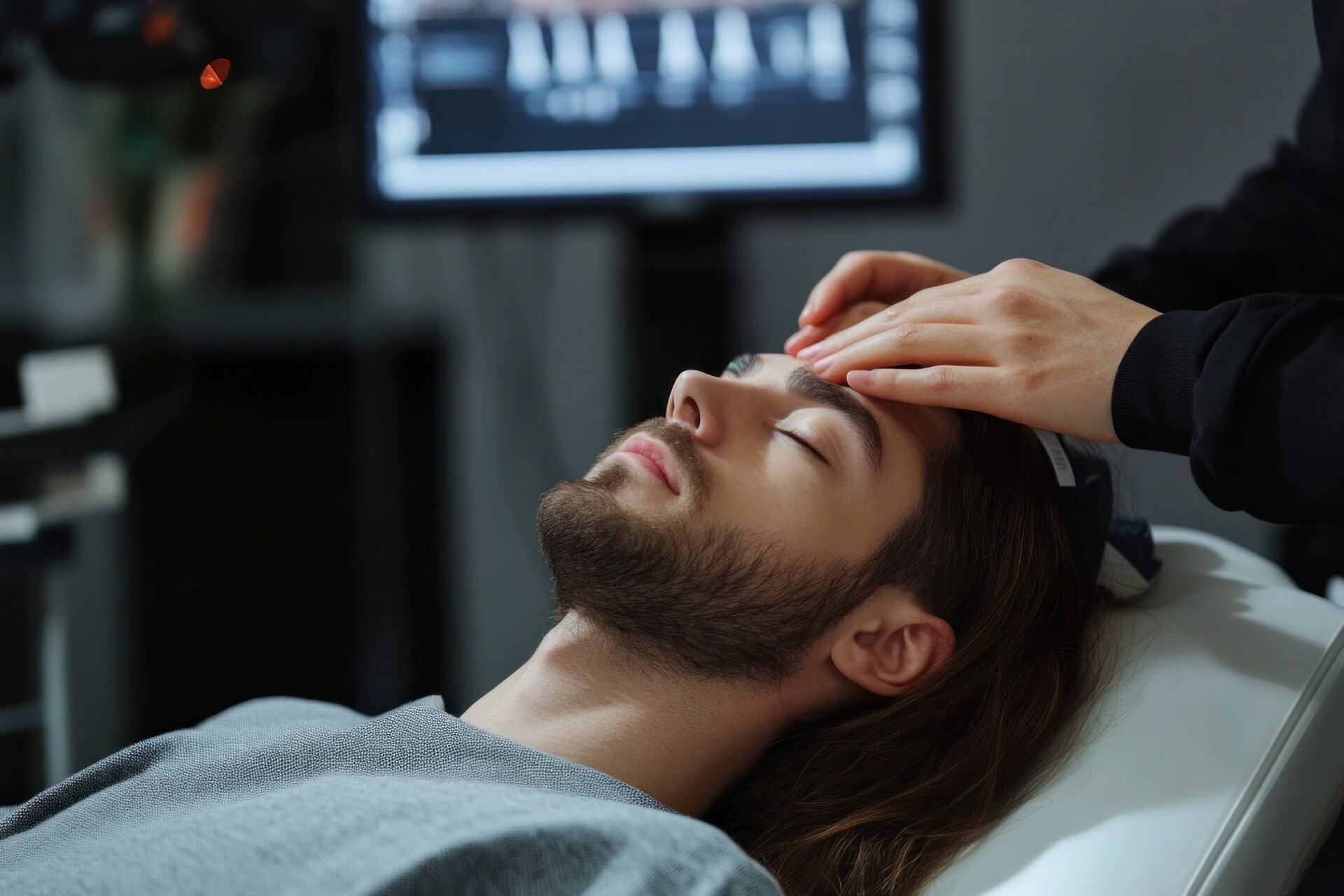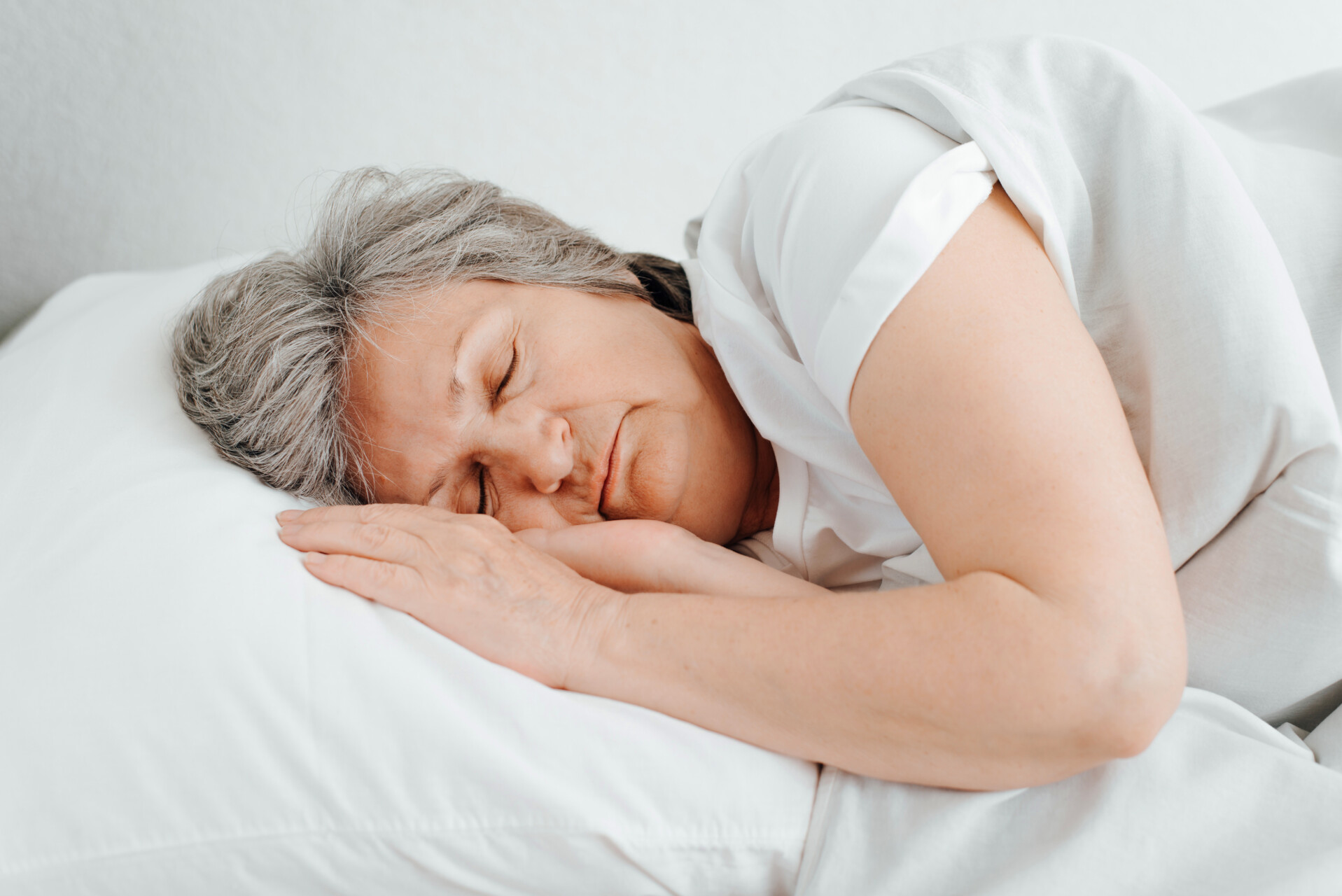
We’ve all experienced vertigo to some extent in our lifetime, if not BPPV (Benign Paroxysmal Positional Vertigo) itself, then at least intentionally when riding amusement rides or deliberately spinning as a kid. Except instead of lasting for just seconds, imagine the feeling lasting for hours, days or even weeks. The feeling of spinning can be so severe that those affected are usually walking with their hands along the wall at best or crawling on the floor at worst. Nausea and vomiting usually ensue and the experience is so frightening that an ambulance is often called for fear the person is experiencing an aneurysm.
Fortunately, the B in BPPV stands for benign in that the condition is not fatal. The condition is also entirely treatable with Repositioning Maneuvers performed by skilled physicians or physiotherapists with training in treating these conditions. Here, we will address some common questions surrounding this condition.
What Causes BBPV?
BPPV is caused by the displacement of calcium carbonate crystals from the utricle into the semicircular canals of the inner ear. This misplacement disrupts normal balance signals to the brain, leading to episodes of vertigo when the head is moved in specific positions.
While BBPV tends to be correlated with age, other causes may stem from trauma where the head has been shaken or has experienced impact like in a car accident or fall. In this case, a Concussion Assessment may be necessary. Anecdotally, some people have complained of vertigo while scuba diving or flying. The cause of this is not likely BPPV but in a different condition called a perilymphatic fistula where there is an abnormal communication between the middle and inner ear.
Who Does BBPV Affect?
The incidence of BPPV varies greatly from 10-20% of the population. By far, the people most affected are those over the age of 60. It is thought that as we age, the propensity for the crystals to dislodge from the hair cells in the vestibular apparatus increases over time, sometimes accumulating in a critical mass that becomes symptomatic. However, BBPV has also been reported in children as young as 7 years old, and the vast majority of BPPV cases occur insidiously with no provocation or reason.

How is BBPV Treated?
Of the 3 semicircular canals in the vestibular apparatus, 80% of BPPV affects the posterior canal. Fortunately, it is the most easily treatable with resolution upwards of 70-80% after a single vestibular rehabilitation maneuver. However, it is not uncommon for the need of multiple maneuvers before full resolution. Like any condition, a proper assessment is essential. The treating practitioner needs to determine which ear is affected (sometimes both), which canal (sometimes multiple) and which type. In addition to BPPV, there are multiple causes of dizziness that need to be carefully diagnosed.

What Happens After Treatment?
Assuming that a proper diagnosis has been established and the right repositioning maneuver (there are several) was performed to the correct ear and canal, there can be three possible outcomes after the first treatment:
1. Complete resolution of the vertigo with no residual lightheadedness.
2. An improvement in the vertigo but not resolution. In this scenario, the first few vestibular rehabilitation maneuvers greatly improve the condition but do not resolve it. The test that was used to establish the diagnosis should then be repeated to confirm the affected ear and canal and the maneuver repeated. There are instances where the crystals can be moved from one canal to another (ie. from the posterior to the horizontal) during the maneuver in which case a different type of vestibular rehabilitation maneuver needs to be performed.
3. Vertigo is resolved but the patient is experiencing persistent lightheadedness. Currently, the prevalence of persistent lightheadedness after the resolution of vertigo is anywhere between 31-60%. The sensation of lightheadedness is much slower compared to the rapid spinning in vertigo. It is a sensation of swaying, rocking or a sense of imbalance. Most patients will report that they are feeling much better but there remains a persistent discordance between themselves and their surroundings as they move. In this scenario, the BPPV is resolved and so the vestibular rehabilitation maneuvers are no longer effective.
The reasons for this persistent symptom of lightheadedness are many. Fortunately, the lightheadedness can be assessed with a few simple tests in the clinic and exercises are then prescribed to improve it. With time and the correct vestibular rehabilitation exercises, the lightheadedness does resolve. In the most resistant cases, the vestibular rehabilitation exercises need to be progressed (made more difficult and specific) over time.
Will My BBPV Come Back?
The experience of vertigo is so frightening and debilitating that, once resolved, patients never want to experience it again. The question of the risk of recurrence is a good one. Currently, recurrence rates reported are between 15-27%, and is highest in people over 70. Correlative factors that lead to recurrence include being female, having high blood pressure, type 2 diabetes, osteoporosis, depression and anxiety disorders.
Recurrence rates tend to be higher in the first week after the repositioning maneuvers especially when sleeping on the affected side. Interestingly, there seems to be a greater correlation between the preferred side of sleep and the ear affected in BPPV. Again, this is correlative data and not causative. So, sleeping on your left side does not CAUSE BPPV in your left ear but there is a greater chance of it affecting your left ear if you are a left side sleeper. So, if you are one of the unlucky ones who experiences repeated recurrences in one particular ear, then it may be wise to try to sleep on your unaffected side.

Lastly, despite the success of the repositioning maneuvers, they are still under-utilized and under-prescribed by physicians. Medications are still frequently recommended by doctors, which is unfortunate as they only treat the symptoms and not the cause. Without performing the vestibular rehabilitation maneuvers, the only hope is that the medication will reduce the patient’s symptoms while waiting for the crystals to make their own way back to the hair cells with time and normal head movements. This may or may not happen, and the duration of time this may take is uncertain. The 2017 Clinical Practise Guidelines as recommended by Otolaryngologists (ear, nose and throat specialists) suggests BPPV should be treated with vestibular rehabilitation repositioning maneuvers and not medication. Not only are the medications ineffective, but they tend to make diagnosis more difficult due to their suppressive effect on the vestibular system.
Overall, we advise our clients not to worry about a recurrence. In fact, being anxious has been correlated with recurrences! If you struggle with depression or an anxiety disorder, then ensure this is being managed and, should you experience BBPV symptoms, please give us a call!
References:
1. Bhattacharyya N, et al. Clinical Practice Guideline: Benign Paroxysmal Positional Vertigo (Update). Otolaryngol Head Neck Surg. 2017 Mar;156(3_suppl):S1-S47.
2. Giommetti, G, et al. Residual dizziness after successful repositioning maneuver for idiopathic benign paroxysmal positional vertigo: A review. Audiol Res. 2017; 7(1):178: 1-37.
3. Lapenna R, et al. Is vestibular rehabilitation effective in improving dizziness and function after unilateral peripheral vestibular hypofunction? An abridged version of a Cochrane review. Eur J Phys Rehab Med. 2016;52(4):541-556.
Submitted by Albert Chan
